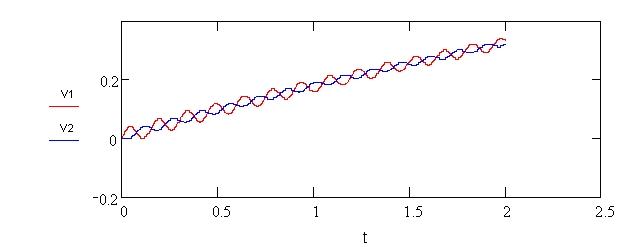
Figure 1 - Dependence of the power consumed by electric power at various load and speed: a) inclined conveyor, and b) a horizontal line

Faculty: Power Mechanics and Automation
Speciality: Automatic control of technological processes
In coal mines, and mines to transport minerals from the face, as well as for transportation of collected his driving, crosscut, and the district capital, and the gradient run, sloping trunks and galleries are now widely used belt conveyors.
Increasing the volume of mineral production, the increase in the extent of mine workings affect the operating conditions of coal mining equipment and means of transportation and require continuous improvement. Modern underground conveyor lines are characterized by large length and a lot of powerful motor conveyor for transporting goods and people, as well as the existence of several routes. This automation of complex objects from a position of management, and ensure safe operation. Profiles of the conveyor characterized the work of a long, uneven loads, the existence of "heavy" launch.
At this time, urgent task of the automatic regulation of output conveyor for stabilizing and optimizing the traffic mode of operation.
The aim is to improve the efficiency of branched conveyor line through a theoretical justification for the possible regulation of the speed of the tape, the parameters of control and management, based on what management and the development of an algorithm of the automatic control. To achieve the objective of the work are mathematical models of conveyor lines, an analysis of existing automation, identify their advantages and disadvantages. Developed circuit solutions for the automation system.
Automatic control system must perform:
- Centralized management and automatic control of ramified and unramified conveyor lines;
- Remote control and monitoring of the associated support equipment
- Automatic recording and preserving information about the work of conveyors and related equipment, command and control settings, turn off the defense and blocking.
- Ensuring the uniform and the full load of vehicles (smooth fluctuations in cargo of coal, due to interruptions in the work of excavation machines), the rational use of equalization (that accumulate) bunkers, through the automatic creation and subsequent implementation of recommendations for the management of technological processes, transport, based on the received information is automatically;
- Automatic regulation mode of operation of conveyor line.
To achieve the goal of the mathematical model has been formulated with the conveyor line applications package Mathcad. All nraschety implemented in relation to the conveyer line shaft MI Kalinina, but due to their cumbersome, in the work are not represented. Figure 1 is presented the dependence of the power consumed by electric conveyor with speed control.

Figure 1 - Dependence of the power consumed by electric power at various load and speed: a) inclined conveyor, and b) a horizontal line
From the graphs shows that the speed control leads to energy savings only to horizontal conveyors. Consequently, during periods of poor traffic inclined conveyor be off by a load of rock mass to a bunker in the drive. For the horizontal conveyor with speed control on the contrary there is a lower power consumption. In this regard, with respect to the horizontal conveyor to apply the appropriate speed to ensure optimal load. This aspect leads to further problems - Start by loading the conveyor in the event of unexpected shutdown line. This possibility is also proverenas means of a mathematical model. Simulation results are shown in Figures 2 and 3.

Figure 2 - The schedule changes the linear velocity of the engine(V1) and conveyor belt(V2) at start-up under load

Figure 3 - Change the date of elasticity between the tape and the drum line at startup under load
During the simulation revealed that for the start-up laden conveyor it is necessary that the load does not exceed 66% of the maximum possible, hence in case of an accident, we can use the storage capacity of the line by two-thirds.
In this work was performed:
- analysis of existing office automation conveyor line;
- reviewed by an extensive conveyor line as an object of automatic control;
- is the mathematical model of conveyor line. An model of operation of conveyors and a new method based automatic control of branched conveyor line;
However, at this moment master's work is under construction. Since December 2009 more details, please contact the author or academic advisor.